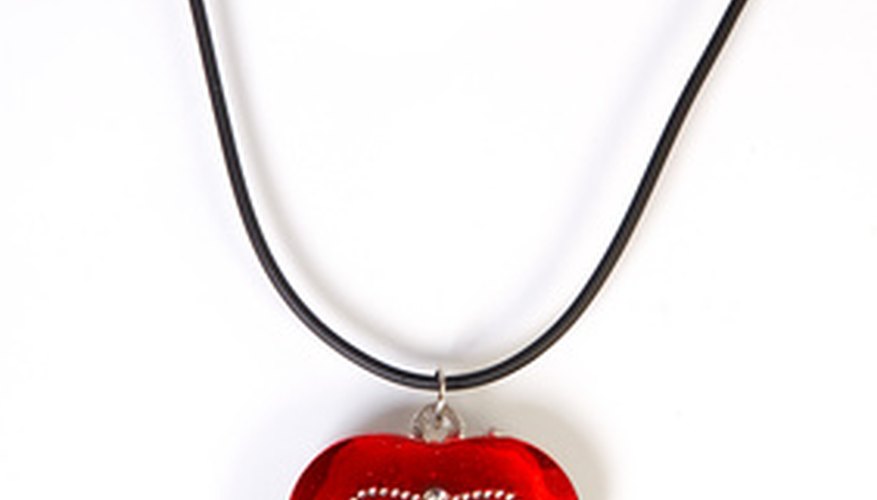Love is the power that binds not only two people but societies. You probably have a desire for more love in your life. If you look around you, you will find symbols that you use to stimulate the positive energy of love in your life as well as in the lives of those closest to you. You may be familiar with the African love knot and wonder about its meaning in relation to that "crazy little thing called love."
Love of Country
Early tribes along the western coast of Africa used adornments made from knotted ropes to symbolise love larger than the love between a man and a woman. As the culture developed, members realised the future of the tribe depended upon more than this love between two people; it also depended upon love and committment to the core beliefs that identified the tribe. Their adornments symbolised their allegiance to the entire tribe and the customs and traditions that defined it. The original adornments were knotted cords worn around fingers, ankles and waists.
- Early tribes along the western coast of Africa used adornments made from knotted ropes to symbolise love larger than the love between a man and a woman.
Betrothal Knot

The African love knot also symbolises the power of committed love binding two people together. The love knot was used in the wedding ceremonies of ancient African cultures. At the union ceremony long grasses knotted together were used to tie the hands of the groom to the bride. This symbolised the power of love that kept them together and true to one another "til death do us part." This is the origin of the phrase "tying the knot."
- The African love knot also symbolises the power of committed love binding two people together.
- At the union ceremony long grasses knotted together were used to tie the hands of the groom to the bride.
Twisted Love
When you knot a rope or chain, it prevents an object from moving freely from one end of the chain to the other. The Gyaman, an ancient culture from what is now the Ivory Coast in West Africa, had a symbol called the kramo bone that illustrated this principle. The symbol looked somewhat like a twisted rope. This "knotted rope" symbolised an obstacle along the "chain" of love. In this case the knot represented hypocrisy. The Gyaman displayed this symbol to warn tribal members that hyprocisy prevents you from distinguishing between good (love-inspired) behaviour and bad (unloving) behaviour.
- When you knot a rope or chain, it prevents an object from moving freely from one end of the chain to the other.
- This "knotted rope" symbolised an obstacle along the "chain" of love.
Conciliatory Love

The Andinkra of West Africa have a version of the love knot called the mpatapo. This symbol represents the love that causes parties in dispute to resolve their differences harmoniously. It is a symbol of peacemaking after conflict and is called the "knot of pacification/reconciliation." This symbol appears often on African clothing today and reminds tribal members of the importance of coming together in peace and forgiveness after a conflict.
- The Andinkra of West Africa have a version of the love knot called the mpatapo.
- This symbol appears often on African clothing today and reminds tribal members of the importance of coming together in peace and forgiveness after a conflict.
Cultural Art
The love knot is often expressed in various art forms. The most familiar version of this symbol is found on the jewellery often given as an expression of romantic love on Valentine's Day. The symbol appears on pendants, earrings and bracelets. Artists often utilise the love knot as an inspiration for free-standing pieces made of soapstone. You see the mpatapo on African clothing, quilts or tapestries. The mpatapo is also a popular symbol used in African tattoos. No matter where or how this symbol is used, it serves as a reminder of the binding power of love.
- The love knot is often expressed in various art forms.
- The most familiar version of this symbol is found on the jewellery often given as an expression of romantic love on Valentine's Day.
